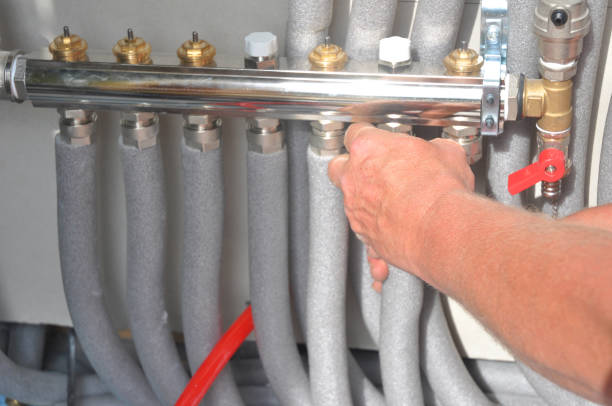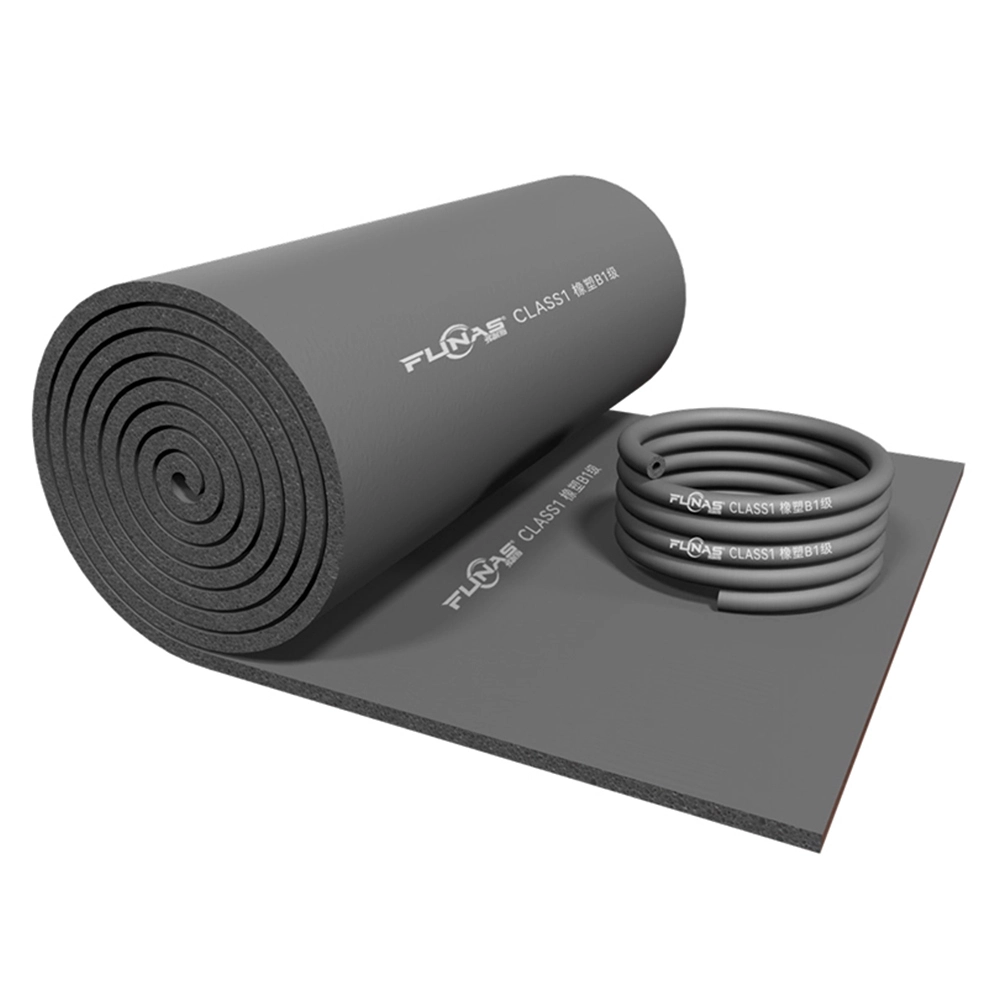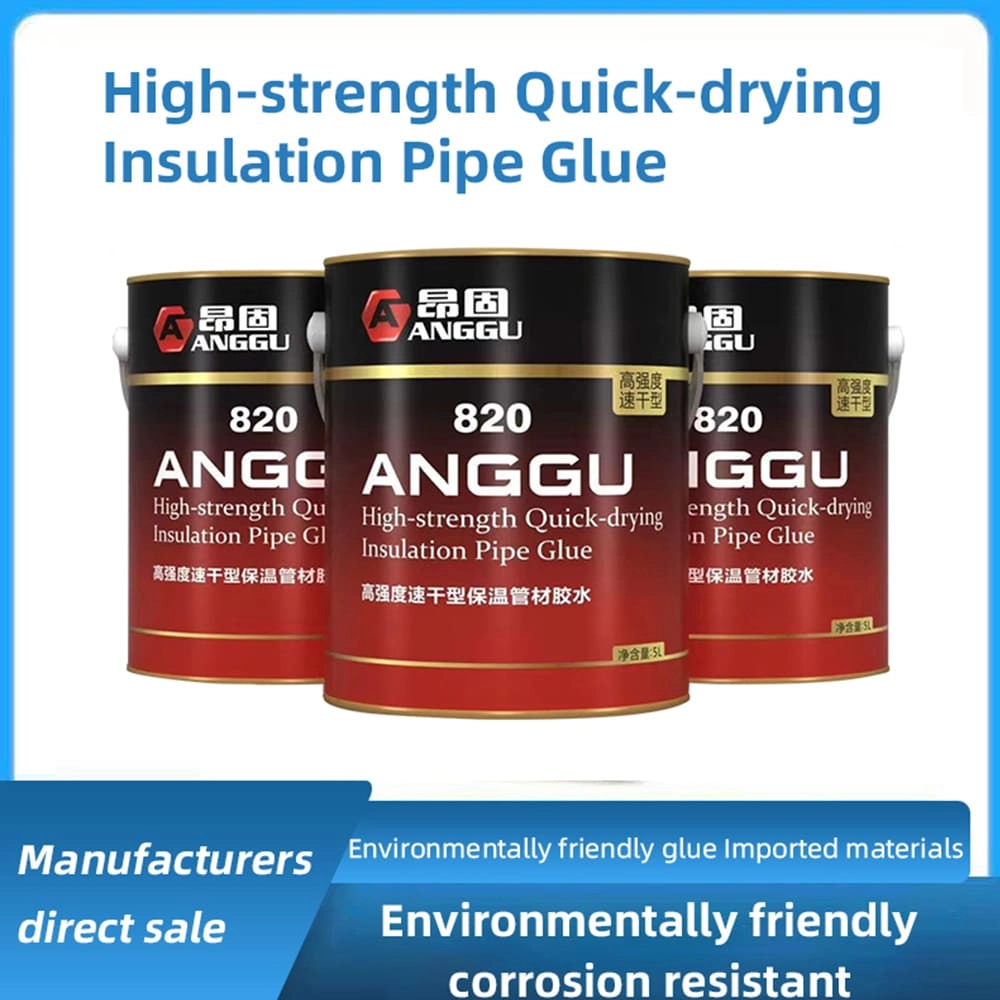How to Install Pipe Insulation Foam: Easy Guide
Learn how to install pipe insulation foam easily with FUNAS. This step-by-step guide covers everything you need for efficient pipe insulation, helping save energy and prevent damage. Follow our expert tips to achieve professional results quickly and effectively.
- Introduction
- What You’ll Need Before You Start Installing Pipe Insulation Foam
- Step 1: Measure and Cut the Foam to Fit
- Step 2: Install Foam Along the Straight Runs
- Step 3: Secure Seams with Tape or Adhesive
- Step 4: Insulate Elbows, Valves, and T-Joints
- Step 5: Inspect and Test Completed Work
- Final Checks and Maintenance Tips
- Conclusion
- FAQs
Introduction
What You’ll Need Before You Start Installing Pipe Insulation Foam

Step 1: Measure and Cut the Foam to Fit
Step 2: Install Foam Along the Straight Runs
Step 3: Secure Seams with Tape or Adhesive
Step 4: Insulate Elbows, Valves, and T-Joints
Step 5: Inspect and Test Completed Work
Final Checks and Maintenance Tips
Conclusion
FAQs

The Ultimate Guide to Glass Wool Insulation 2026

Top 10 Foam Rubber Sheet Manufacturers for Insulation & More

Top 14 Rock Wool Panel Brands: Expert Guide for 2026

Top 10 Insulation Adhesives for Heat & Soundproofing 2026
FAQ
Can your insulation products be customized?
Yes, we offer customized solutions for insulation material wholesale to meet the specifications of your project, including custom specifications, sizes, foils and adhesives, colors, etc.
service
How does your technical support work?
Our technical support team is available to guide you through every stage of your project—from product selection and design to installation. We provide expert consultation to ensure that you get the best insulation solution for your needs and can assist with troubleshooting if needed.
What types of rubber foam insulation products do you offer?
We offer a wide range of rubber foam insulation products, including custom shapes and sizes, thermal and acoustic insulation solutions, and options with specialized coatings such as flame retardancy and water resistance. Our products are suitable for applications in HVAC, automotive, construction, and more.
Are your rubber foam products environmentally friendly?
Yes, our insulation products are designed with sustainability in mind. They help reduce energy consumption by minimizing heat loss and gain, and they are made from durable materials that have a long life cycle, reducing the need for frequent replacement.
You might also like

Black Rubber-plastic Tube Rubber foam pipe wholesale

Wholesale blue Rubber-plastic Board Rubber foam panel sheet

wholesale black nitrile rubber foam sheet rubber NBR foam sheet rubber foam insulation sheet for hvac system
NBR and PVC are the main raw materials, which are softthermal insulation and energy-saving materials foamedthrough special processes.

Wholesale black Rubber-plastic Board Rubber foam panel sheet
Leave a message
Have any questions or concerns about our products? Please leave us a message here and our team will get back to you promptly.
Your queries, ideas, and collaboration opportunities are just a click away. Let’s start a conversation.


















































